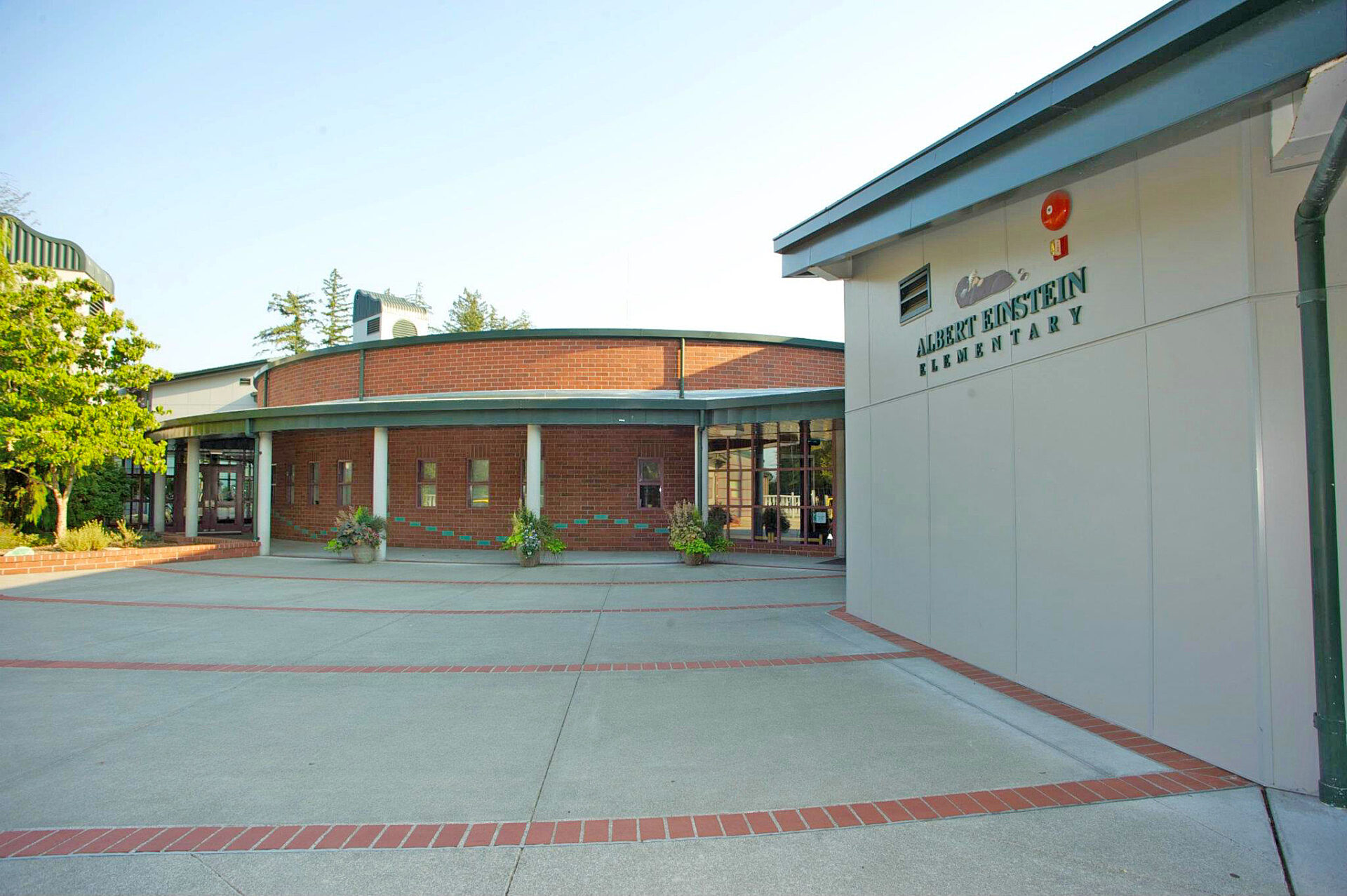Collaborative Delivery

Insights 12.04.2024
Seismic Upgrades: Building Resilience for Safer Schools
Read More

Ever hear of the three-legged stool of project delivery, the one with an Owner, Designers/Engineers, and Contractors? Instead you might say there are four—including the Authority Having Jurisdiction [AHJ], better known as the City.
The AHJ approves what can be built and how. Its officials control permitting via land use and building codes, street use regulations, the time of day you can perform noisy work, and occupancy. They help ensure a safe building and livable neighborhood. Any jurisdiction will require a litany of documentation, meetings, and sign-offs, some common everywhere and some specific to the jurisdiction or official.
How the project team manages all of that is a big variable. Will the process be efficient and predictable, or full of surprises and delays? In particular,
Whether or not you answered yes to all the above when thinking about your current or next project, we encourage you to continue reading for a few tips from a General Contractor’s point of view on how to navigate city requirements effectively, establish valuable relationships with officials, and promote a positive and enjoyable experience for everyone.
A strong relationship with officials is vital—along with an understanding of their key concerns and working styles. A recognized code consultant with experience in the jurisdiction already has both and serves as your expert intermediary. This person helps you structure your approach to fit current review timelines and navigate the process at every step.
Communicating the key concerns helps avoid a variety of potential issues. Even with standard codes, each AHJ and reviewer may follow different interpretations. For example, the fire marshal digs into the fine details of systems such as smoke control, life safety elevator recall, firestopping and rated separations, and the fire command center. Accounting for the fine details in your first submission expedites the permit-approval process and provides precedent that helps with inspections.
The consultant doesn't take the place of a good design and construction team! Your architects and engineers must design to local requirements, and the GC and key trade partners need to understand how officials want to see specific details. The GC plays a big role in accurate pricing and risk mitigation.
On every project, a designated permit liaison should be responsible for calling for inspections and coordinate directly with the inspectors for a smooth process. The GC should lead most scopes, and selected others such as mechanical can go through their trade partners. Each contact should understand the inspector's key concerns and the design and construction of their assigned systems.
Timely, No-Surprises Permitting
Each jurisdiction requires multiple permits with many interdependencies and department approvals. A critical-path schedule—much like the construction version—helps the team understand the necessary timeline. The design and preconstruction approach should work backward from the construction and permitting dates.
Jurisdictions can approve every design detail in advance or shift some approvals to the inspection phase during construction. The team might appreciate this to obtain faster initial approvals to start the work, but the risk is more corrections, crews standing by, and even rework. We encourage pursuing a coordinated and complete permit effort during design.
Speed Construction Document Corrections with AMMMRs
Many jurisdictions request alternative materials, methods, or modifications requests [AMMMRs or AMMRs] for exceptions or non-typical conditions associated with life safety and structure. New AMMMRs are time consuming to produce and approve. When possible, we recommend embedding accepted AMMMRs in both the initial permit documents and when needed for permit corrections. This mitigates any debates that might otherwise delay construction.
Inspectors ask for engineering judgements [EJs] when a condition is not fully designed in the drawings—wall and floor assemblies, for example—or more than one detail applies. During permit corrections or construction, approval can take up to three weeks and a lot of effort, significantly impacting the schedule. We recommend including EJs in the permit documents to prevent these delays and keeping a library of past examples. Ideally these are from the same source to ensure consistency and uniformity. The more the team resolves before construction, the better!
Smooth Inspections
We recommend scheduling preconstruction meetings with inspectors immediately following permit approval. These meetings cover complicated areas/details, what they want to see, and how key scopes should be built. For example, on a recent project we discussed the head-of-wall ratings and firestopping details. This aligned expectations so we avoid later revisions. Meet again to approve any deferred submittals prior to the work.

To ensure a smooth inspection, teams should review the more complicated and intricate scopes of work with the AHJ before construction begins. Fully coordinated drawings and 3D models will help communicate the full picture to inspectors.
Field coordination between the GC and AHJ can be expensive since it can involve redoing work out of sequence. These occur when inspector requirements differ from those of the permit reviewers, or the reviewers push more decisions to the inspection phase. In some jurisdictions the inspectors and reviewers have the same authority, leading to more debates than in jurisdictions where inspectors typically defer to reviewer decisions. Either way, clear reviewer approvals and including previously-accepted AMMMRs in permit documents will typically streamline inspector approvals. Remember to supply your field representatives with all details about their scopes.
Prepare for Inspections
Pre-inspect the area and/or scopes scheduled for inspection, make sure the work is complete and clearly presented, and ensure that the appropriate parties are present for the inspection.

Prepare each area and associated scope of work for scheduled inspections by completing a thorough pre-inspection walk—making sure the work is complete and tidy. Shown above, GLY and subcontractors inspect a deck prior to its official inspection. Once complete, the deck is ready for the electrical and building inspectors, and eventually, the concrete pour.
Everyone’s time on a construction project is valuable. Two strategies we find helpful are the designated permit liaison discussed earlier and combining inspections for related projects. The liaison provides an inspector with parking, greets them at an easy-to-find entry, and escorts them to and from the inspection area[s]. As for combining inspections, this is often possible with shell and core and tenant improvement teams or multi-building sites. Coordinating the inspection strategy for the separate projects together in advance helps ensure that the process runs smoothly and minimizes risk.
Everyone plays an important role in the success of a project. Put yourself in the official’s shoes and you’ll do well!

Project Executive
LEED Green Associate
Kyle joined the GLY team immediately after earning a BS in Construction Management from the University of Washington in 2006. His honesty and affability have been a mainstay, and he takes a forthright approach to resolving issues and ensuring client satisfaction. After all these years, he still looks forward the unique challenges that come with each individual project and appreciates that no two days are ever alike. While things keep him on his toes at the jobsite, Kyle unwinds by listening to his favorite CDs and records or going to live concerts. Music just sounds better when it’s an experience!